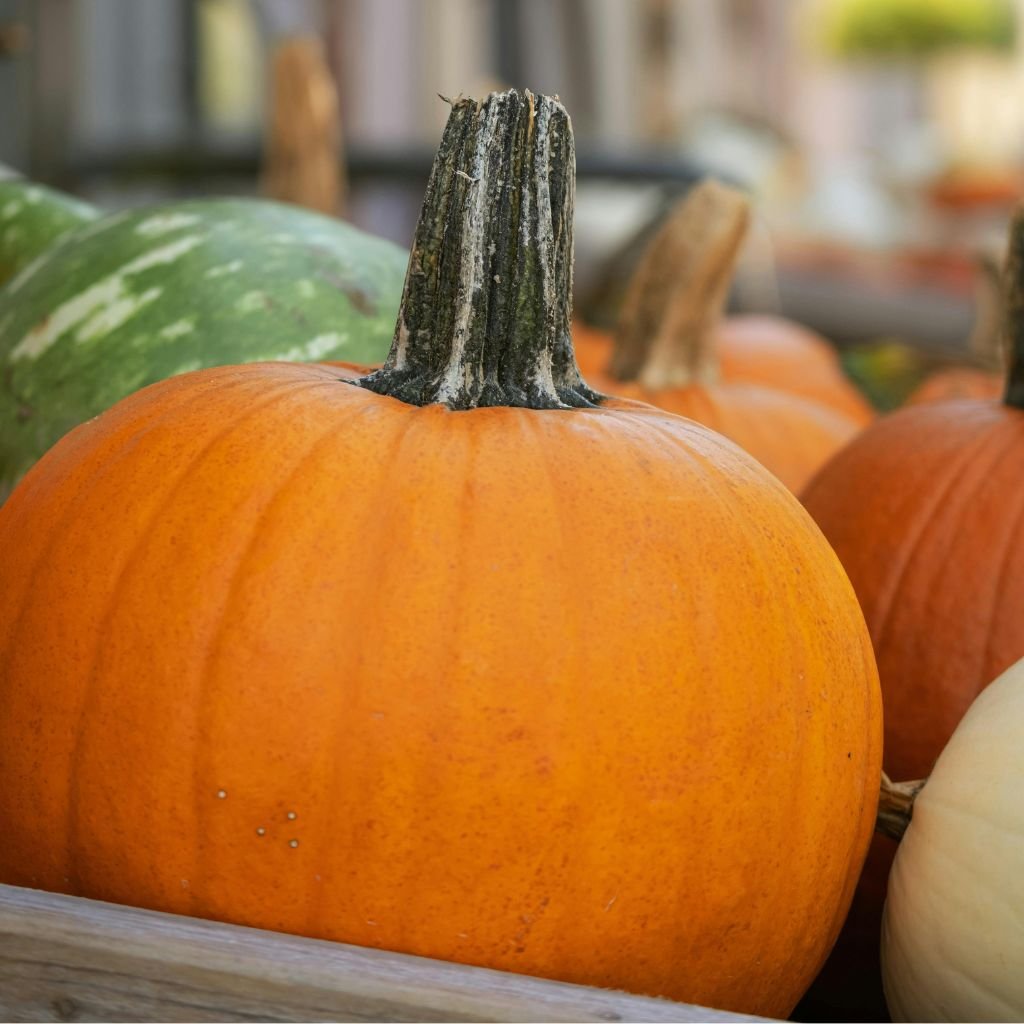As the crisp autumn air drifts in, so does our longing for warm, comforting flavors that capture the spirit of the season. Fall flavors aren’t just ingredients—they’re a sensory experience. They remind us of cozy gatherings, festive holidays, and the harvest’s bounty. But what exactly makes a flavor feel like fall? And how can you bring that magic into your everyday meals? Let’s dive in.
What Makes a Flavor “Fall”?
Autumn flavors are defined by their warmth, richness, and connection to the harvest. They’re earthy, spiced, and deeply comforting. From golden squashes to fragrant spices, these ingredients transform simple dishes into something that feels like home.
Key pillars of fall flavors include:
- Spices: Cinnamon, nutmeg, cloves, ginger, and allspice—warming accents for both sweet and savory dishes.
- Seasonal Produce: Pumpkins, apples, sweet potatoes, squash, and cranberries—nature’s autumn gift basket.
- Nuts & Seeds: Pecans, walnuts, chestnuts, and pumpkin seeds—perfect for adding richness and crunch.
- Herbs: Sage, rosemary, thyme, and bay leaves—earthy herbs that make stews and roasts unforgettable.
The Quintessential Fall Ingredients
Here are the stars of the season every autumn kitchen should celebrate:
1. Pumpkin
The icon of fall. Mild in flavor yet endlessly versatile, pumpkin shines in everything from velvety soups to spiced pies. It’s also nutrient-rich, loaded with vitamins A and C.
2. Apples
Crisp, juicy, and wonderfully adaptable, apples bring the perfect balance of tartness and sweetness. Baked with cinnamon, tossed in salads, or simmered into chutneys, they’re a fall essential.
3. Sweet Potatoes
Naturally sweet and vibrant, sweet potatoes are hearty and nourishing. Roast them, mash them, or stir them into soups—they’re as nutritious as they are comforting.
4. Cranberries
Their tart brightness cuts through rich dishes, whether in sauces, baked goods, or savory pairings. Bonus: they’re packed with antioxidants.
5. Squash
From butternut to acorn to spaghetti squash, these hearty vegetables bring earthy depth to casseroles, roasts, and stews, while also delivering a powerhouse of vitamins and fiber.
The Spices That Define the Season
Autumn wouldn’t be autumn without its unmistakable spices. These fragrant, warming flavors turn everyday recipes into fall favorites.
- Cinnamon: Sweet, woody, and iconic—essential for pies, lattes, and everything in between.
- Nutmeg: Nutty and slightly sweet, it enhances both desserts and savory sauces.
- Cloves: Strong and aromatic, best used sparingly for depth in mulled cider or spice blends.
- Ginger: Zesty and warming, it’s just as at home in gingerbread as in a savory stir-fry.
- Allspice: A single spice that tastes like a blend of many, adding peppery warmth to stews and baked treats.
Bringing Fall Flavors Into Everyday Meals
Incorporating autumn ingredients doesn’t mean you need to overhaul your menu—it’s about small, thoughtful touches that bring comfort and richness to the table.
- Breakfast: Start with spiced oatmeal topped with apples, nuts, and maple syrup—or try a pumpkin spice smoothie for a lighter option.
- Lunch: Cozy up with butternut squash soup flavored with sage, paired with a salad of roasted sweet potatoes, walnuts, and cranberries.
- Dinner: Think hearty—roast chicken with rosemary and thyme, served alongside caramelized Brussels sprouts and mashed sweet potatoes.
- Dessert: Indulge in seasonal classics like pumpkin pie, apple crisp, or spiced cakes—or opt for lighter fare like baked apples stuffed with oats and honey.
The Hidden Health Benefits
Beyond their comforting flavors, many fall ingredients offer powerful health perks:
- Pumpkin: High in fiber and vitamin A, supporting vision and immunity.
- Apples: Antioxidant-rich, promoting heart health.
- Sweet Potatoes: Loaded with beta-carotene, great for skin and immune function.
- Cranberries: Anti-inflammatory and supportive of urinary tract health.
- Spices: Cinnamon and ginger offer antioxidant and anti-inflammatory properties.
Embracing Autumn in Your Kitchen
Fall flavors are more than seasonal—they’re symbolic of warmth, comfort, and togetherness. By leaning into the season’s bounty—pumpkins, apples, squashes, sweet potatoes, and spices—you can create meals that not only nourish the body but also feed the soul.
As the leaves turn and the days grow cooler, let your kitchen reflect the beauty of autumn. Experiment with spices, celebrate seasonal produce, and savor the cozy flavors that make this season unforgettable.




